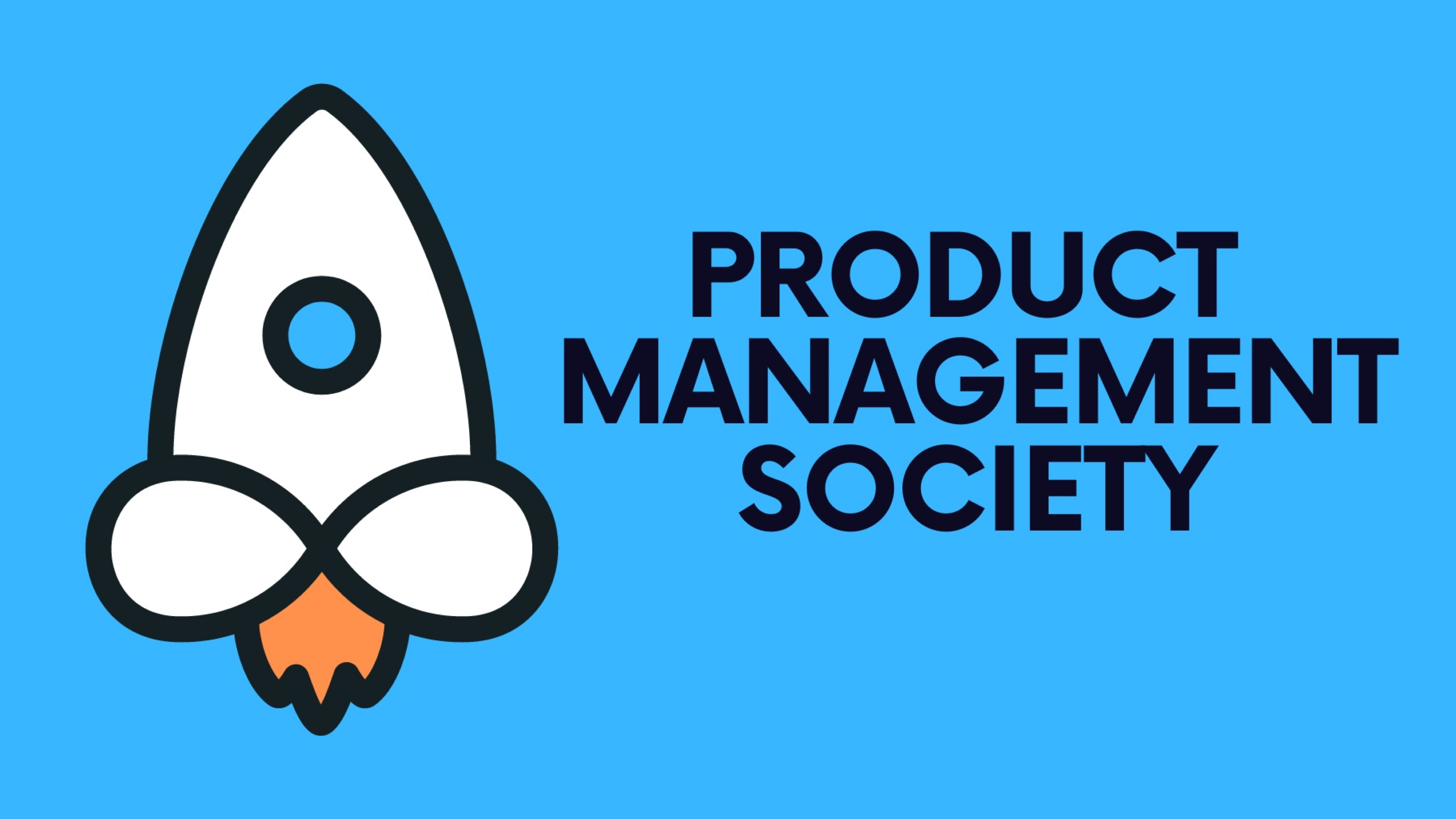Scaling involves expanding the product's reach, enhancing its features, and ensuring it can handle increased demand without compromising quality or user satisfaction. This article outlines effective strategies for scaling products and helping product managers navigate the complexities of growth.
1. Establish a Scalable Foundation
Optimize Product Architecture:
Thanks for reading Product Management Society! Subscribe for free to receive new weekly posts 🚀
- Ensure that your product’s architecture is built to scale. This might mean investing in modular design, choosing scalable technologies, and planning for increased data loads or user numbers.
Focus on Core Features:
- Identify and strengthen the core features that provide the most value to your users. Prioritizing these features ensures that the product remains robust and appealing as it grows.
2. Enhance Operational Efficiency
Automate Processes:
- Automate routine tasks and processes to reduce the strain on resources as your product scales. Automation can help manage increased operational complexities without proportional increases in costs or headcount.
Streamline Workflows:
- Reevaluate and streamline internal workflows to handle increased volume efficiently. This may involve adopting new tools or revising team structures to ensure agility and responsiveness.
3. Expand Market Reach
Diversify Distribution Channels:
- Explore and develop multiple distribution channels to reach a broader audience. This could include partnerships, online marketplaces, or international expansion.
Localized Offerings:
- Tailor your product to meet the regional or cultural preferences of new markets. Localization can significantly boost acceptance and success in diverse markets.
4. Leverage Data for Decision Making
Enhance Data Analytics:
- Utilize advanced analytics to gather insights from user interactions and market trends. Data-driven decision-making is crucial for identifying what features to develop next or which markets to enter.
Implement Feedback Loops:
- Establish systematic feedback loops with users to continuously collect and analyze data on how the product is being used and how it can be improved.
5. Focus on Customer Success and Support
Scale Customer Support:
- As user numbers grow, scale your customer support capabilities to maintain a high level of service. Consider options like self-service resources, automated support (e.g., chatbots), or expanding the support team.
Enhance Customer Onboarding:
- Develop scalable onboarding processes to ensure new users can quickly find value in your product, enhancing user retention and satisfaction.
6. Manage Financial Implications
Plan for Financial Sustainability:
- Ensure that your growth strategies are financially sustainable. This includes managing cash flows, forecasting expenses, and securing funding for growth initiatives.
Monitor Key Performance Indicators (KPIs):
- Keep track of KPIs relevant to scaling, such as customer acquisition cost, lifetime value, churn rate, and profit margins.
7. Foster a Culture of Innovation
Encourage Experimentation:
- Promote a culture where experimentation and innovation are encouraged. This drives continuous improvement and helps your product stay competitive as it scales.
Invest in Talent Development:
- Support and train your team to handle new challenges as the company grows. Investing in your team’s development is crucial for maintaining innovation and operational effectiveness.
Conclusion
Scaling a product requires thoughtful planning and execution across multiple dimensions of the business. Product managers can effectively guide their products through the growth phase by establishing a scalable foundation, optimizing operational efficiency, expanding market reach, leveraging data, focusing on customer success, managing financial health, and fostering innovation. The journey of scaling is complex but immensely rewarding, as it transforms successful products into market leaders.
Stay tuned for our next article, where we will explore how to innovate and stay ahead in product management.
If you’re finding this newsletter valuable, consider sharing it with friends, or subscribing if you aren’t already. Also, consider coming to one of our Meetups and following us on LinkedIn ✨
Thanks for reading Product Management Society! Subscribe for free to receive new weekly posts 🚀







